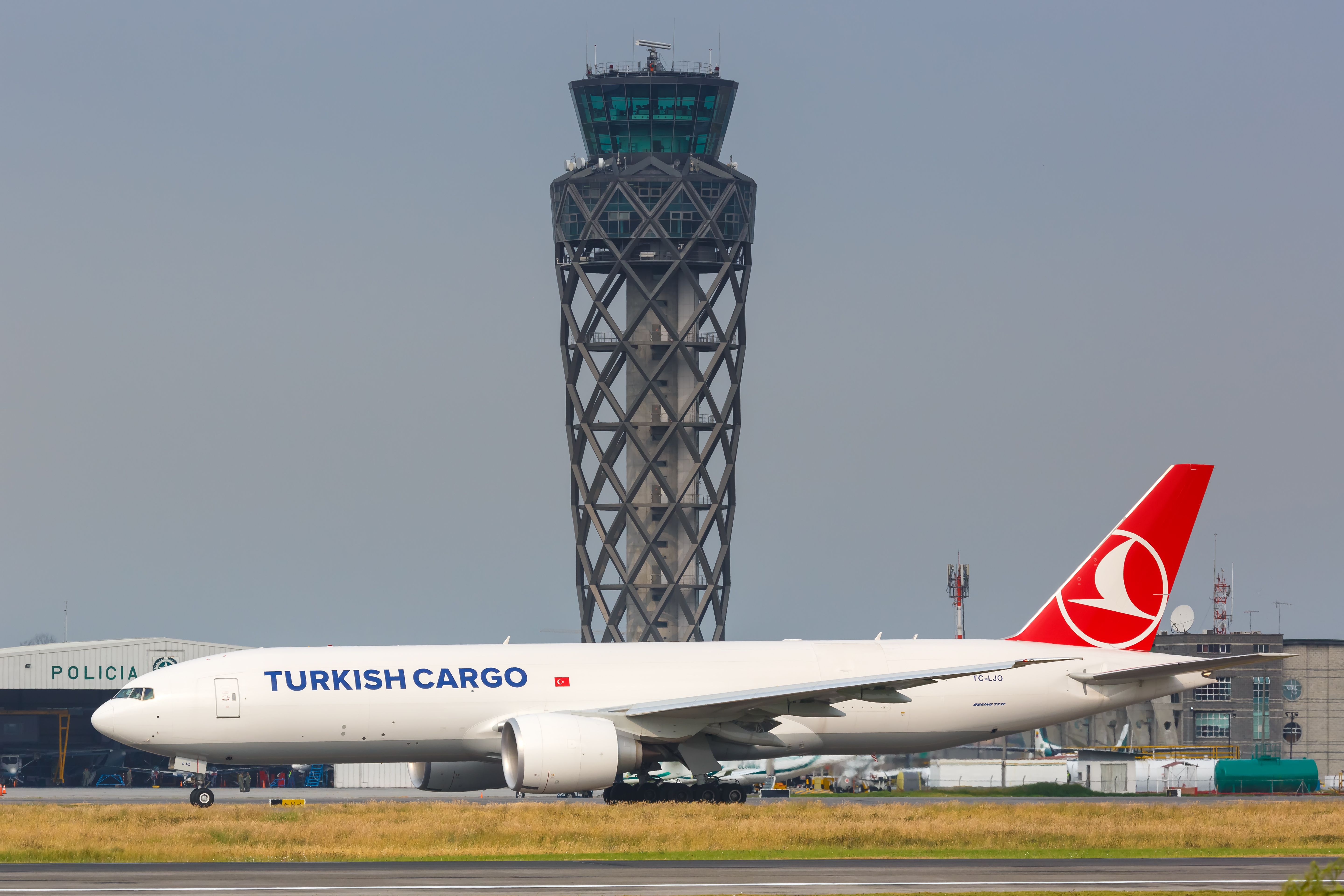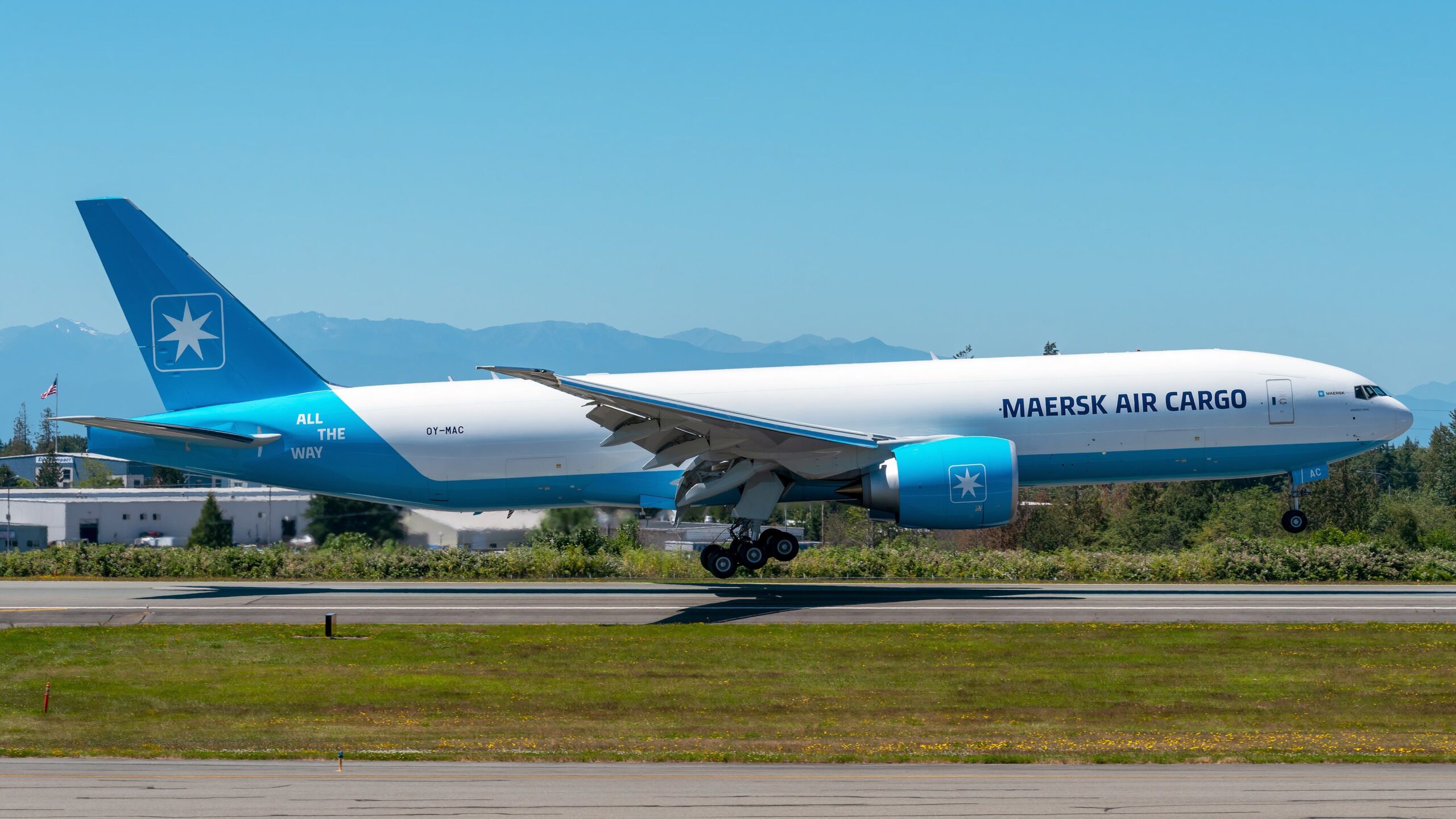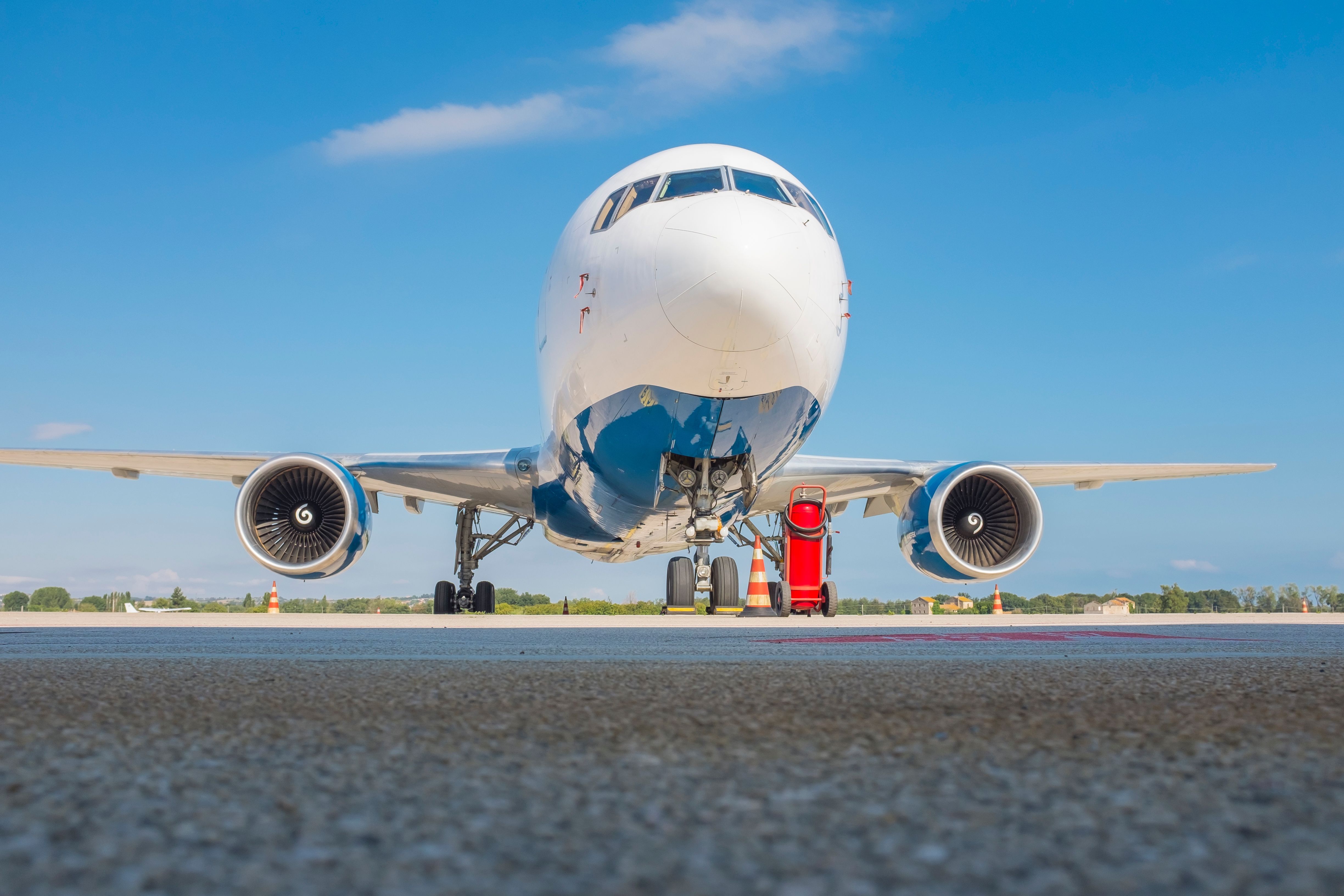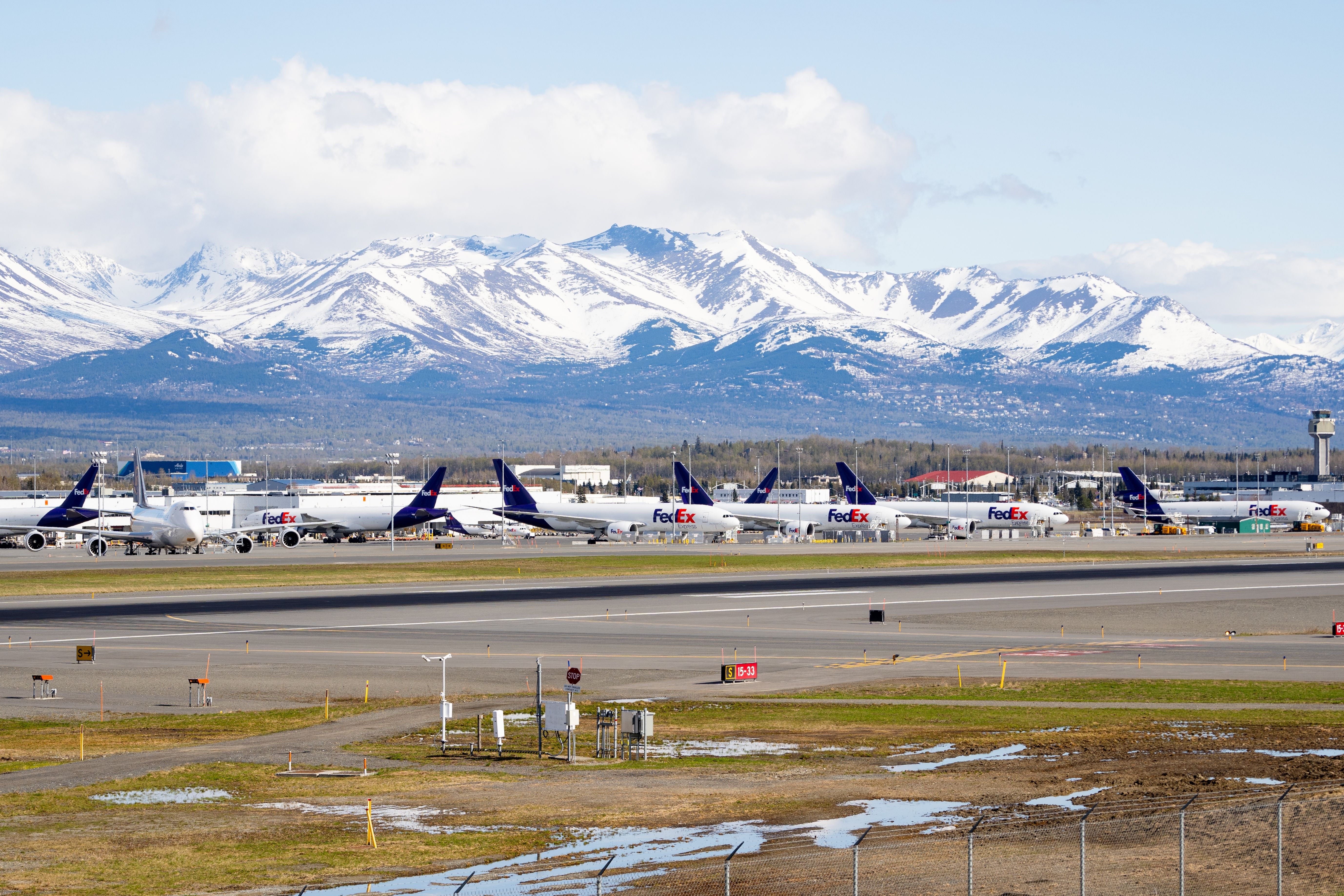Summary
- Maersk Air Cargo will receive its first Boeing 777 Freighter, expanding its fleet.
- The 777 Freighter offers increased capacity and range, meeting growing air freight demand.
- Despite global air cargo decline post-COVID, the industry has shown significant growth in recent months.
Danish cargo carrier Maersk Air Cargo, which operates a fleet of Boeing 767s, is preparing to receive its first Boeing 777 Freighter. The new cargo aircraft was spotted with the Maersk Air Cargo livery, pending delivery from Boeing’s factory at Paine Field.
One of two Boeing 777 Freighters
While Maersk is more widely known as an ocean carrier, the company has also made multiple investments in air freight. It currently has a fleet of 20 Boeing 767 Freighters and is preparing to add the 777 to its fleet. In November 2021, the cargo carrier ordered two 777 Freighters from Boeing.
Both aircraft are set to start operations with the airline this year. The first 777, already spotted in the airline’s colors, will take registration OY-MAC. According to ATDB.aero, the freighter took its first flight on June 15, 2024. Flightradar24 shows that it operated test flight BOE411 from Everett (PAE) to Portland (PDX).
Since then, it has operated a few other flights, accumulating over six flight hours. The Boeing 777 Freighter is currently the world’s largest, longest-range, and most capable twin-engine freighter. It is also Boeing’s top-selling freighter of all time. According to Maersk, the aircraft will enable the airline to further increase its capacity and create a broader network to better serve its customers.

Related
Turkish Airlines Orders 4 More Boeing 777 Freighters Bringing Fleet To 12
Prior to the Turkish Airlines order, Boeing had 53 gross orders for the 777F, which does not include orders for the 777-8F.
Maersk expanding its cargo fleet
With the global volume of air freight projected to grow by over 14% between 2023 and 2028, the addition of the 777F puts Maersk in a good position to meet the growing demand. According to Boeing, the 777 Freighter has a structural payload (Gross) of 107 tonnes and a revenue payload of 102 tonnes. With a range of 4,970 NM (9,204 km), the twin-engine freighter will allow Maersk to make fewer stops and reduce landing fees on long-haul routes.
Photo: orso bianco | Shutterstock
Maersk’s fleet of 20 freighters is currently split between ten Boeing 767-200Fs and ten 767-300Fs. While the Triple Seven has longer range and more fuel efficiency, Boeing labels the 767-300 Freighter as the most versatile freighter for the medium widebody market. It has a structural payload (gross) of 56.6 tonnes, a revenue payload (net) of 52.4 tonnes, and a range of 3,225 NM (6,028 km).
Boeing had planned to produce the medium widebody freighter until mid-2028 to align with the new global aviation carbon emissions standards agreed upon in 2017. However, the 767 Freighter program recently got a five-year extension. The redrafted Federal Aviation Administration (FAA) Reauthorization Bill, initially introduced in June 2023, allows Boeing to continue production of the 767F until January 1, 2033.
Growth of air cargo traffic and demand
While global air cargo declined post-COVID, the industry has grown significantly over the last few months. In 2023, the air cargo market closed the year with strong momentum as traffic continued to increase. In December, global air cargo traffic saw a significant year-on-year increase of 10.8%, the highest annual growth in air Cargo Tonne-Kilometers (CTKs) over the past two years. The growth brought the annual average 2023 figures to within 1.9% of the 2022 traffic.
Photo: GingChen | Shutterstock
The latest figures published by the International Air Transport Association (IATA) show continued annual growth in air cargo traffic and demand. In May 2024, industry-wide CTKs increased by 14.7% year-on-year and by 3.1% month-on-month after seasonal adjustment. International traffic grew by 15.5% compared to May 2023, helped by all regions and major trade lanes.
What are your thoughts on this story? Please let us know in the comments!



